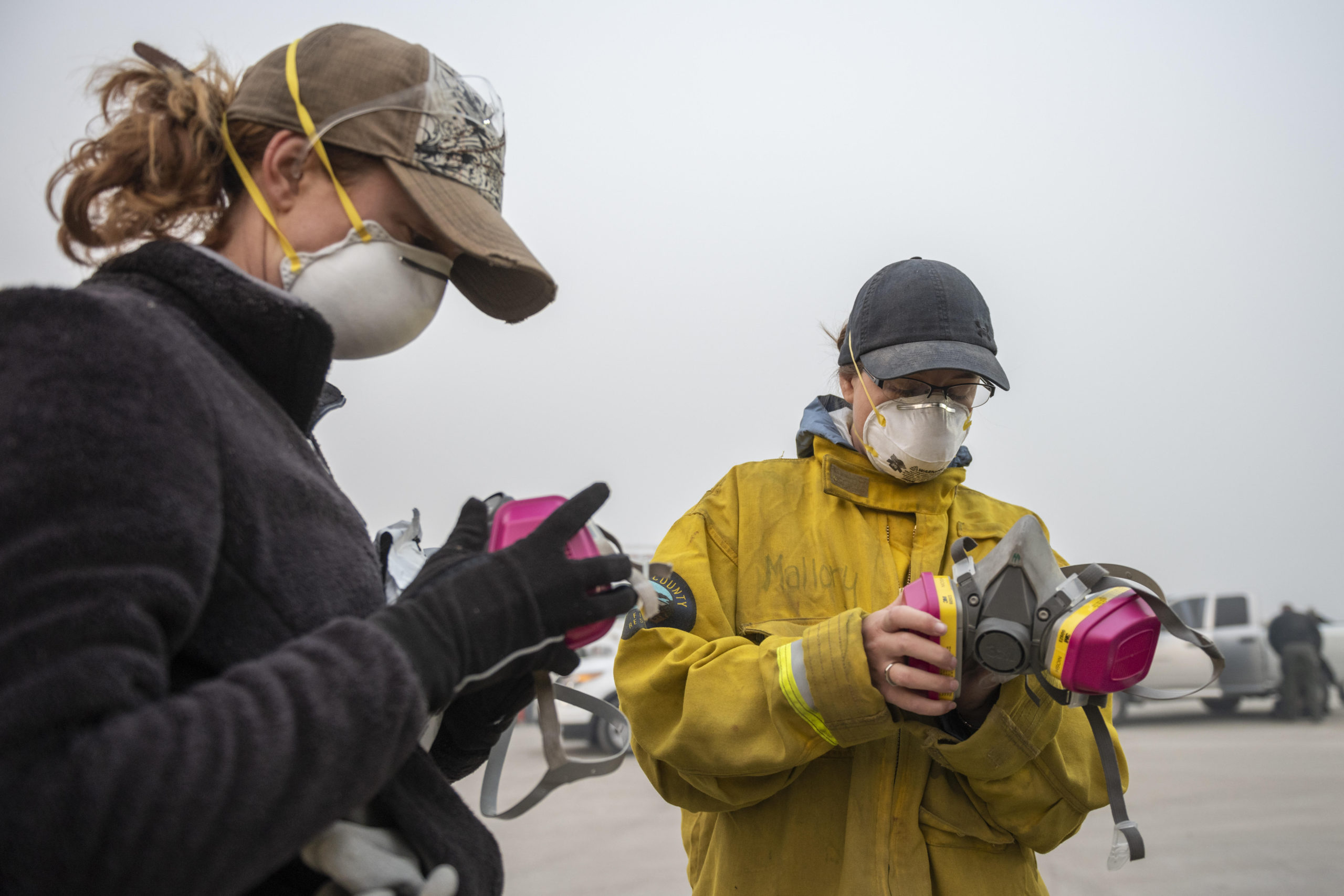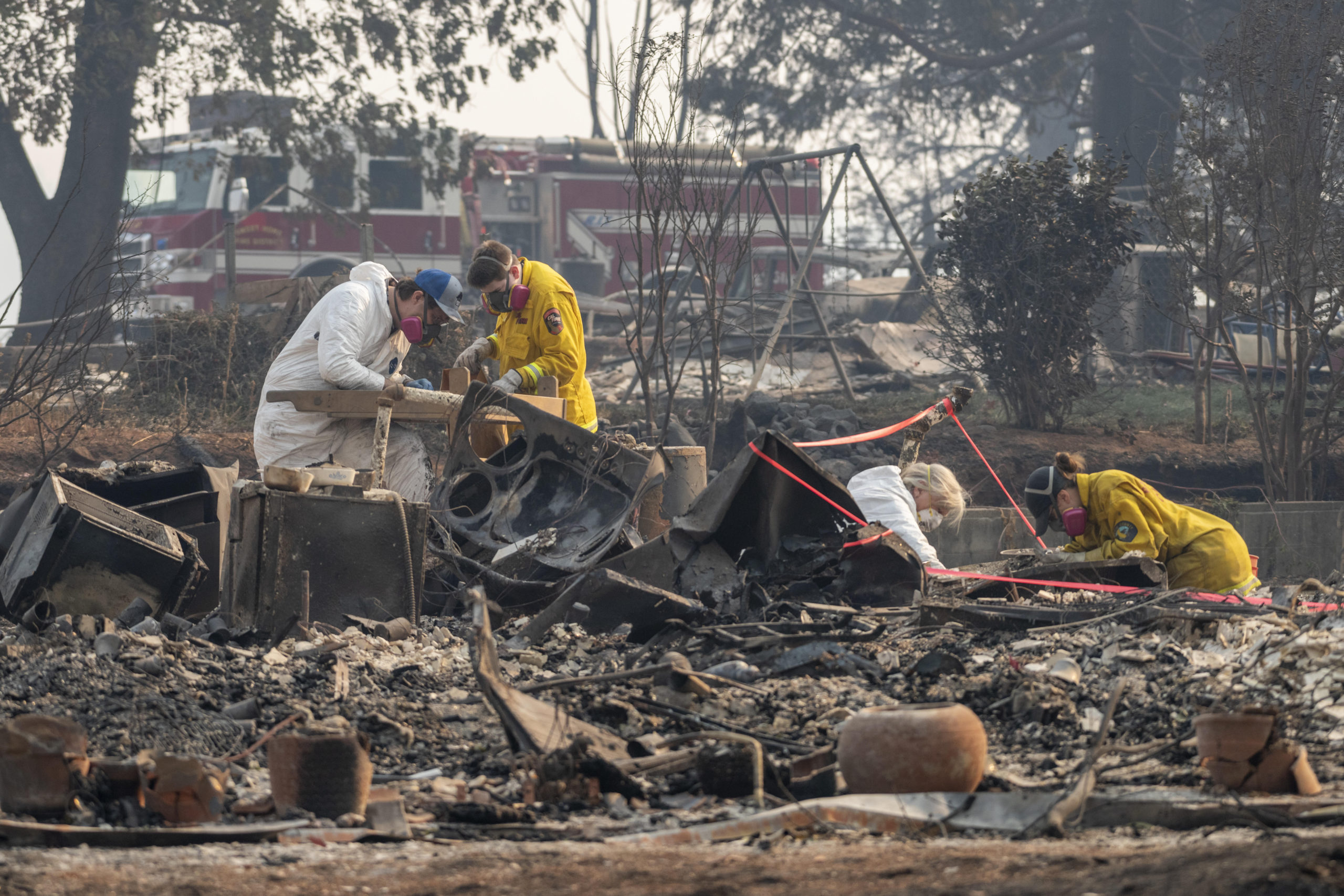As survivors from the Maui fires begin to slowly come back to the community, the California Governor’s Office of Emergency Services (Cal OES) was able to lend aid in the immediate aftermath of the wildfire response, but also provide closure as survivors recover.
An important step in that process is the reconciliation of survivors with the remains of those lost during this tragedy.
Through the Emergency Management Assistance Compact (EMAC), Cal OES deployed four anthropologists from the California State University system who have a professional background in recognizing human remains in wildfires.
On Maui, they served a critical role.
“Partnering with anthropologists makes it possible to expedite the recovery mission and provide closure for those with missing loved ones,” said Dennis Smithson, the Cal OES State Coroners Mutual Aid Coordinator.
Smithson was on the ground with these anthropologists when they arrived on Maui on August 16.
This team of anthropologists has been pivotal in 10 wildfire recovery operations since 2015, including the Camp Fire.

Dr. Ashley Kendell (on left), a Chico State Anthropologist, checking gear at the start of Day 9 Camp Fire recovery
Reflecting on the challenging circumstances, Dr. Colleen Milligan, the Chico State Anthropology Department Chair and Human Identification Lab (HIL) Co-Director said, “Unfortunately California has seen an increased frequency in mass disasters over the last decade. While none of us set out to become experts in wildfire victim recovery and identification, we realize the importance of our work in helping bring closure to victims and their families.”
How do anthropologists assist following a wildfire?
In the aftermath of a wildfire, anthropologists play a vital role in recovery. They specialize in identifying human remains and can often provide estimations of the gender, approximate age and height of the deceased. Given the nature of wildfire-related deaths, small bone fragments may be overlooked amidst the debris of a burned structure, potentially mistaken for other materials.
Furthermore, anthropologists can distinguish between human and animal bones. In cases where remains are commingled, a frequent occurrence in wildfires, they can confidently determine the number of individuals involved.

HIL team from Chico State excavating at a residence on Day 9 Camp Fire recovery
Along with response operations, these anthropologists also play a crucial part in Cal OES by developing wildfire courses tailored for search and rescue personnel. These courses provide ongoing education and training, ensuring that responders are well-prepared between disasters.
“Working with Cal OES has given us the added ability to help train first responders involved in wildfire recoveries to make our responses as a state better and faster.” Dr. Milligan said. “If we have to find a positive in the amount of experience that we have in mass disasters, it would be that we have the ability, partnered with the State of California, to help other communities heal faster as well.”
How did anthropologists assist recovery efforts on Maui?
During the recovery operations on Maui, anthropologists conducted special training for search personnel, allowing teams to familiarize themselves with remains, aiding in their recognition during searches. The training also covered common locations within homes where human remains are typically found.
In addition, Smithson offered guidance during the wildfire recovery process, advising local officials on best practices, like the use of mutual aid and the establishment of a Family Assistance Center in Lahaina to provide closure for grieving family members.

